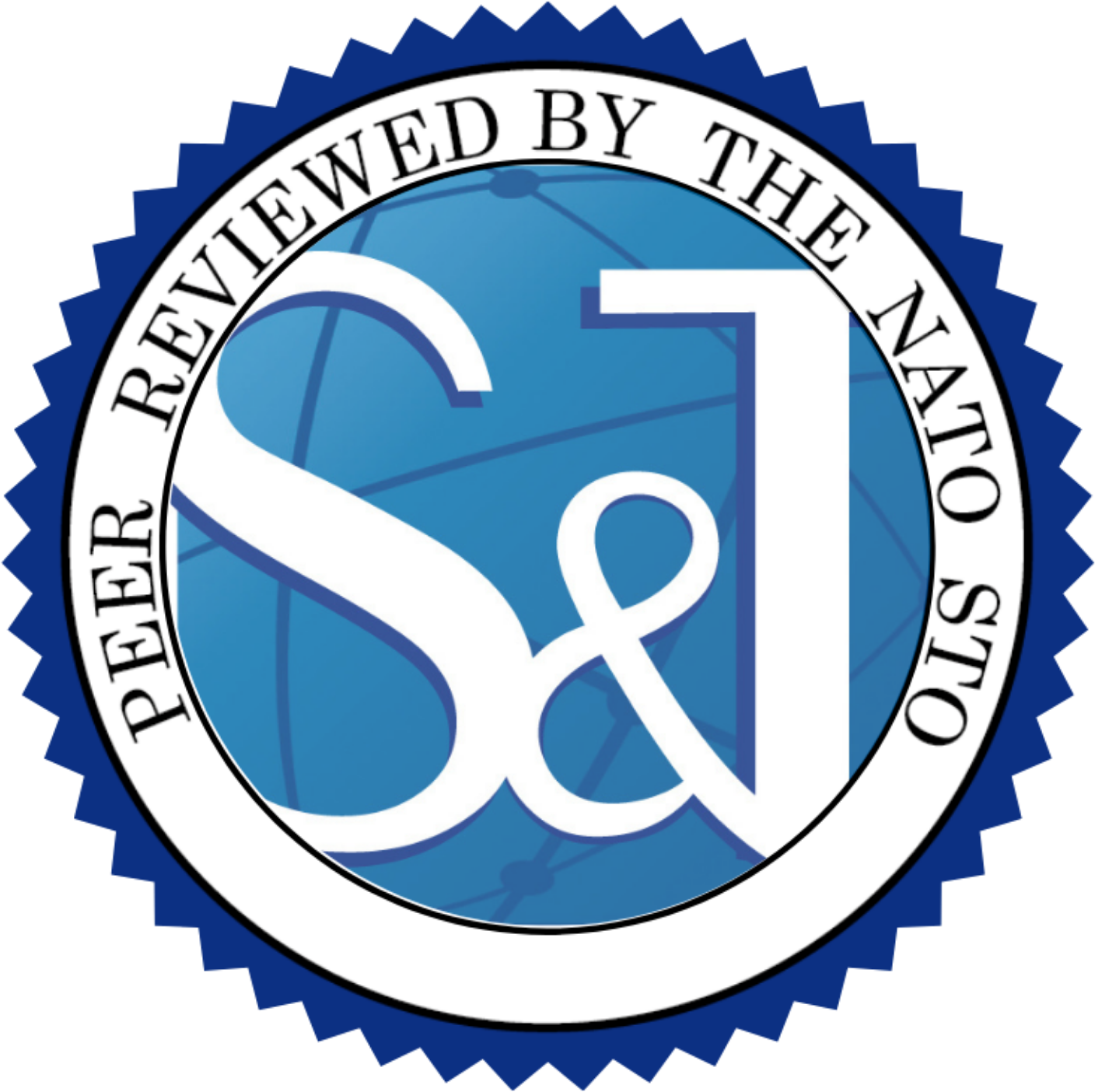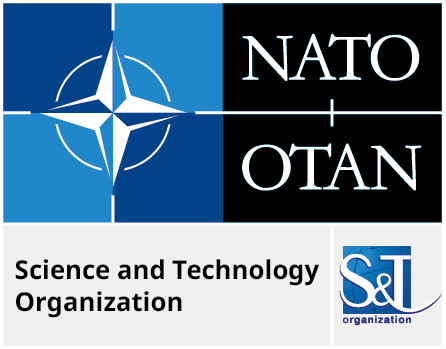Author(s): Ucak-Astarlioglu Mine G.; Griggs C. S.; Doyle J. D.;Gurtowski L.; ![]()

| ISSN: 3005-2092
Our research focuses on the graphene enhancement of conventional bulk materials and processes to harness graphene functionality to produce new classes of ultra-materials throughsmall process changes in concrete, asphalt, and water treatment chemistry.
Citation:
ABSTRACT
Emerging technologies, such as graphene, are driving fundamental changes in “materials-by-design” concepts. As these technologiesmature, the new access to graphene and “graphenic” carbons at viable scale and cost advance the science beyond computational predictions and into synthesis and characterization of real-world applications. Our research focuses on the graphene enhancement of conventional bulk materials and processes to harness graphene functionality to produce new classes of ultra-materials throughsmall process changes in concrete, asphalt, and water treatment chemistry. New knowledge, strategies, and expertise in handling and modifying graphene-platforms can capitalize on targeted opportunities for enhanced performance and life cycle considerations of structural assets and water infrastructure. Here we show the direct use of graphene as a rational interface for functional coatings. Although non-covalent interactions typically rely on computational methods for mechanistic insight, Nuclear Magnetic Resonance (NMR) titrations were performed to probe primary interfacial interactions between graphene and the conventional host materials. Interactions between the aromatic rings and graphene sp2 orbitals are the dominant interactions and can be exploited to impart graphene functionality to conventional materials though π bonding. Current projects include design and development of “tunable” graphene; varying particle size, surface area, and morphology to match the desired performance. Key to advancing the technologies is understanding the non-covalent interactions of graphene itself and its compatibility with polymers, binders, and other commercially available products. This paper will highlight novel mechanisms of selective water purification, > 150% extended lifecycles of asphalt binders, and > 80% strength increase of concrete through graphene modifications.
DOWNLOAD FULL ARTICLE


